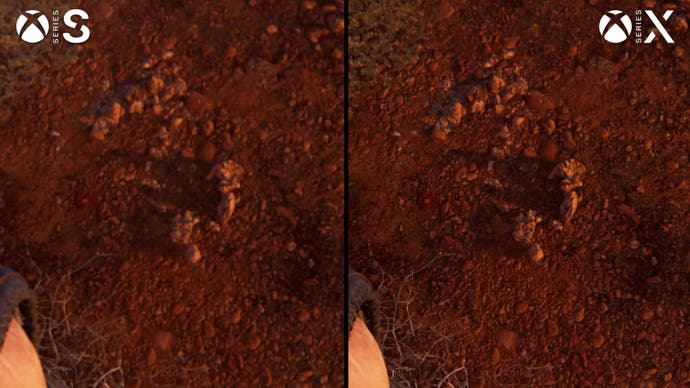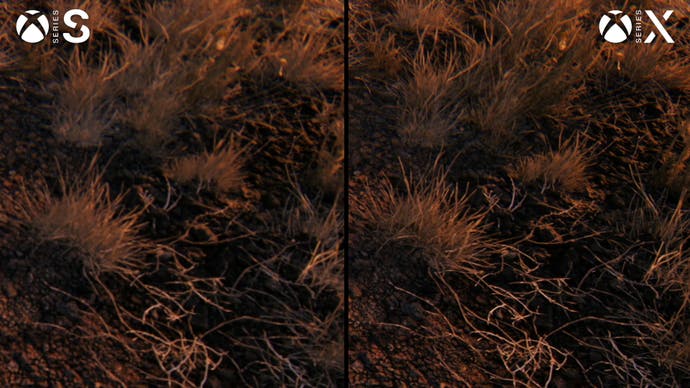Senua's Saga: Hellblade 2 is one of the most visually impressive games of the year, using Epic's Unreal Engine 5. On Xbox Series X, the game showcases an extremely detailed and impressively lit world with outstanding character representation.
The question is, how well does the game run on less powerful hardware, such as the Xbox Series S, Steam Deck and Asus ROG Ally? Digital Foundry has looked at exactly that closer look and concludes that Hellblade 2 is scalable across different platforms and can provide a good experience even on less powerful devices.
Advertisement
There are some drawbacks
There are some visual compromises on the Xbox Series S compared to the Series X. The most noticeable differences are in reflections. While the Series X uses the full lumen reflection system of the Unreal Engine 5, the Series S only uses screen-space reflections without ray tracing. This results in less detailed and sometimes dull reflections, especially on water surfaces. Volumetric lighting is also less sharp and more prone to artifacts on the Series S. Despite these differences, the overall impression of the game remains similar on both consoles.
Other differences concern asset quality and resolution. The Series S sometimes shows less texture detail and a lower rendering resolution, which Digital Foundry says results in an overall softer image. Both consoles use the TSR technique for anti-aliasing, which has similar artifacts. Ultimately, the Series S offers a less clear image, especially on a 4K screen. But: Despite these visual differences, the game runs very stable on both consoles with a nearly constant 30 fps.
On the Steam Deck, it is therefore more of a challenge to maintain a consistent and engaging gaming experience. With low settings and FSR 3 in performance mode, the game runs at around 30 fps, but only on low settings. The quality of the reflections and lighting is significantly reduced, but the basic visual characteristics remain. The biggest differences compared to the console versions are in terms of resolution and lighting effects. Despite the limitations, the game remains playable, if not always smooth.
The Asus ROG Ally offers more performance with its more powerful Z1 Extreme processor. With similar settings to the Steam Deck, the game mostly runs at a frame rate in the 40s and 50s, especially in Turbo mode. However, there is occasional stuttering and minor rendering issues that could be due to outdated AMD graphics drivers. Overall, the ROG Ally offers significantly better performance than the Steam Deck and enables a more engaging gaming experience.
Advertisement



In summary, Digital Foundry finds that Senua's Saga: Hellblade 2 has impressive visual quality across all platforms tested. While the Xbox Series X delivers the best graphics, the Series S is a solid alternative with some visual compromises. On portable devices like the Steam Deck and Asus ROG Ally, performance is acceptable, though not perfect. While the game is linear and less expansive than other modern titles, it offers some of the best graphics on the market and a strong narrative experience that takes full advantage of this visual splendor.
